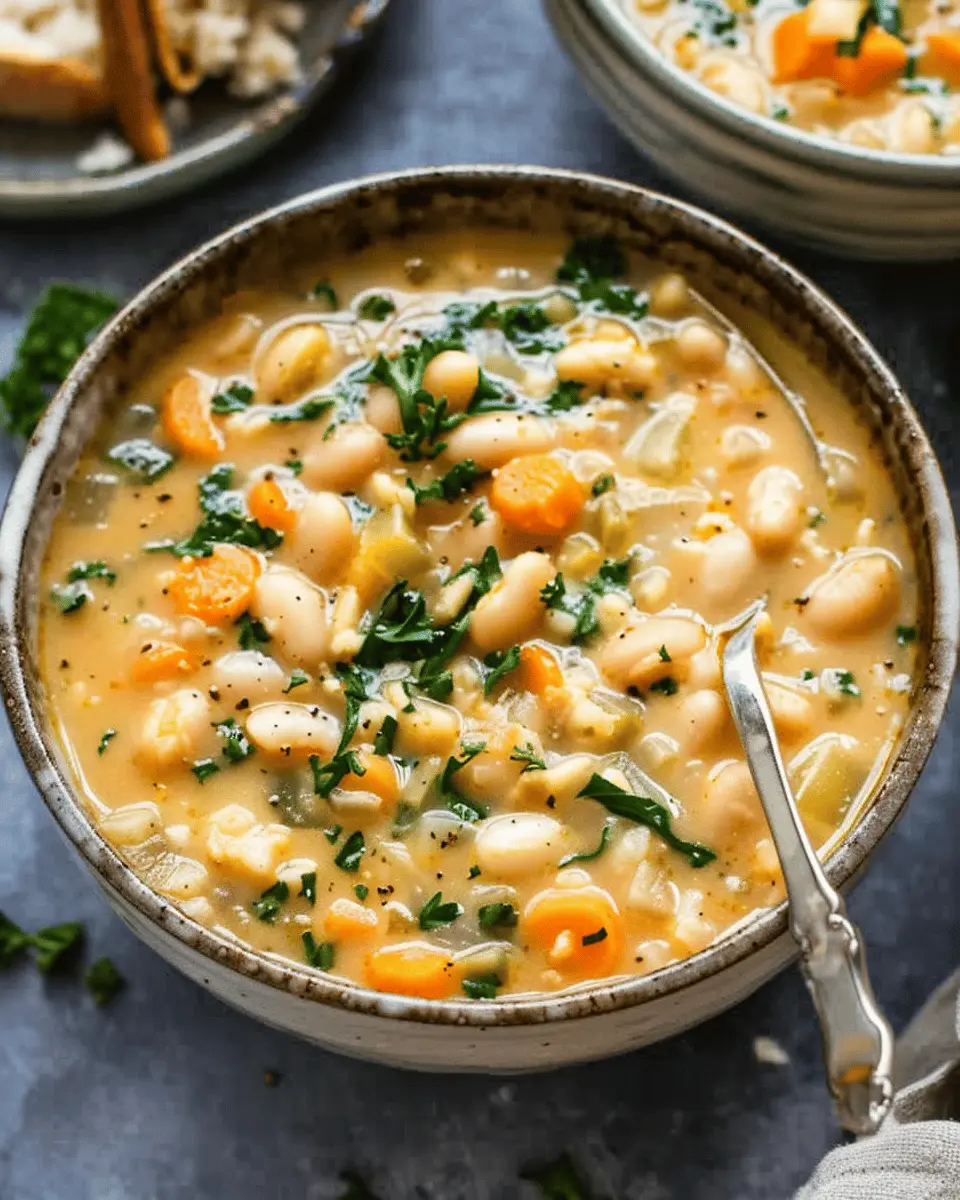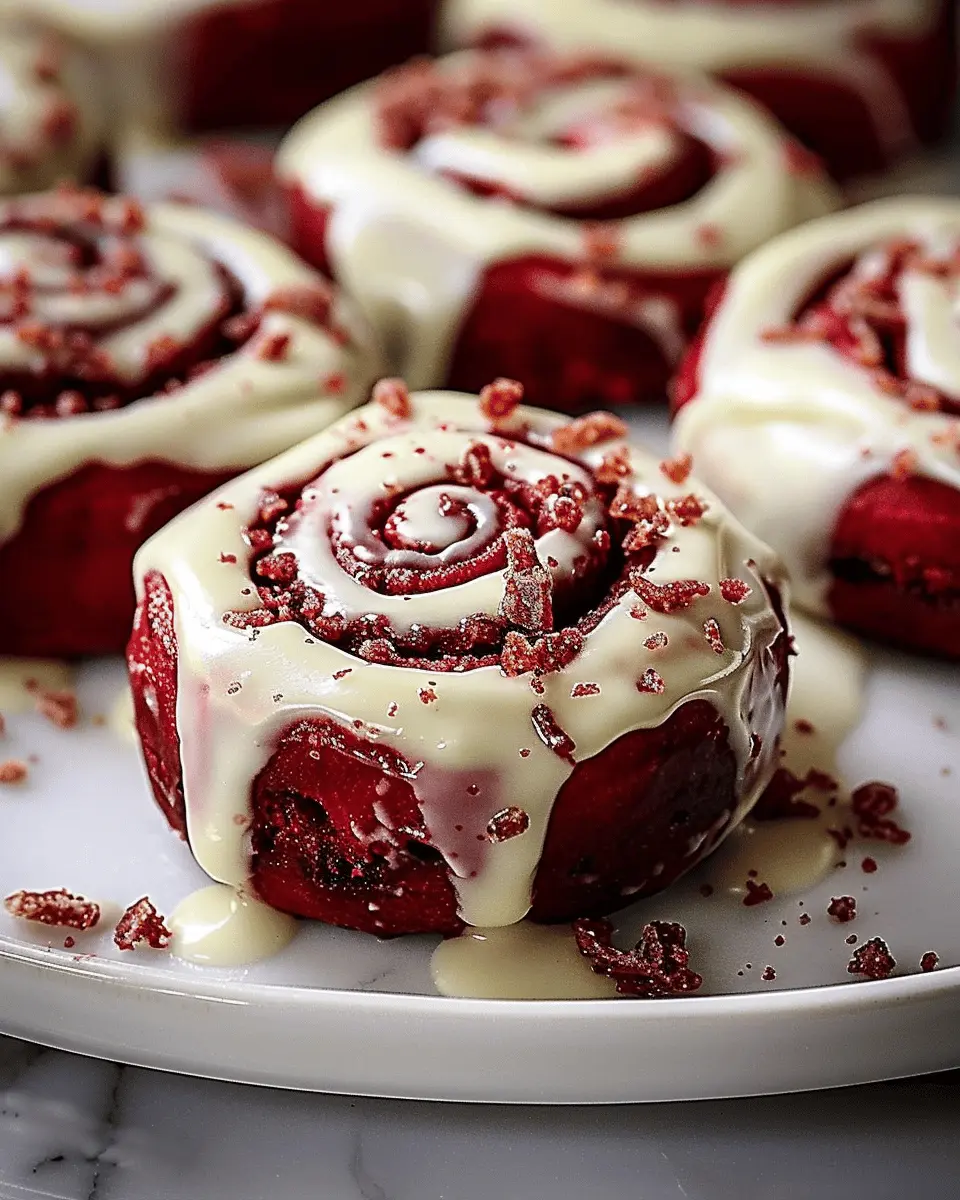Introduction to Homemade Croissants
Making homemade croissants can seem like a daunting task, but trust me, the rewards far outweigh the effort! There’s something incredibly satisfying about pulling flaky, golden-brown pastries out of your oven, not to mention the alluring aroma that fills your kitchen. Why settle for store-bought when you can create a fresh, buttery masterpiece right at home?
Why make homemade croissants?
Have you ever stood in line at a café, watching the barista expertly pair a flaky croissant with a steaming cup of coffee, wondering if you could replicate that experience at home? You absolutely can! Homemade croissants allow you not just to enjoy a delightful pastry but to savor the gratifying process of baking.
Here are a few compelling reasons to roll up your sleeves and give it a try:
-
Quality Ingredients: When you make your own croissants, you control everything that goes into them. No preservatives or mysterious additives, just high-quality flour, butter, and a sprinkle of salt.
-
Customization: Want to fill your croissants with rich chocolate, cheese, or even a savory mixture of turkey bacon and eggs? The possibilities are endless, and you can tailor them to fit your taste and dietary preferences.
-
Learning Experience: Croissant-making is a fantastic way to improve your baking skills. The techniques of lamination and proofing might take time to master, but it’s deeply rewarding—and you might even impress your friends with your culinary expertise!
-
Perfect Weekend Project: There’s something therapeutic about the process. While it does require some time and patience, it’s perfect for a relaxed weekend project where you can feel creative and accomplished at the end.
If you’re ready to dive in, check out this guide on baking techniques that provides helpful tips for beginners. With a little practice, you’ll find that making homemade croissants becomes a flavorful and enjoyable tradition!

Ingredients for Homemade Croissants
Essential Ingredients for Classic Croissants
To make homemade croissants that perfectly flake and rise, you’ll need a few essential ingredients:
- All-purpose flour: Offers the best balance of protein for structure.
- Butter: Unsalted, for rich flavor; and remember, quality matters—opt for high-fat butter.
- Yeast: Either active dry or fresh, to help those layers puff up perfectly.
- Water and Milk: For hydration and to enrich the dough.
- Sugar: A touch enhances flavor and feeds the yeast.
- Salt: Balances sweetness and enhances all the flavors.
These ingredients come together to create that iconic, buttery layer we all love.
Optional Ingredients for Flavor Variations
Once you’ve mastered the classic croissant, why not get adventurous? Here are some optional ingredients for delicious variations:
- Herbs: Try fresh rosemary or thyme for a savory twist.
- Cheese: Incorporate shredded cheese for extra indulgence.
- Turkey Bacon or Chicken Ham: Add a protein for a breakfast treat.
- Chocolate: Yes, sweet fillings are always a hit!
Experimenting with these ingredients can make your homemade croissants uniquely yours. For more inspiration, check out resources from King Arthur Baking or Serious Eats. Enjoy the baking journey!
Preparing Homemade Croissants
Making homemade croissants might seem daunting, but with patience and practice, you can whip up a batch that rivals any bakery. It’s a delightful journey that transforms simple ingredients into flaky, buttery pastries that will impress anyone who tries them. Ready to dive in? Let’s break down the process step by step.
Combine Dry Ingredients
First things first! Gather your dry ingredients: all-purpose flour, sugar, salt, and yeast. In a large bowl, mix:
- 4 cups all-purpose flour
- 1/4 cup sugar
- 2 teaspoons salt
- 2 teaspoons active dry yeast
Make sure to whisk them together thoroughly. This not only blends everything well but also aerates the flour, creating a lighter croissant. If you’re unsure whether your yeast is still active, consider proofing it first by mixing it with warm water (around 110°F) and a pinch of sugar. Wait five to ten minutes; if it bubbles up, you’re good to go!
Form the Dough
Next, create a well in the center of your dry ingredients and pour in warm milk (approximately 1 cup) and melted butter (around half a cup). As you slowly mix, you’ll see the dough start to come together. Be gentle—overmixing can lead to tough croissants. Once it’s mostly combined, turn it out onto a lightly floured surface.
Knead and Roll Out
Kneading is essential to develop that signature croissant texture. Knead the dough for about 8-10 minutes until smooth and elastic. To test, you can perform the “windowpane test”—stretch a small piece of dough; if it doesn’t tear and you can see light through it, you’ve got a winner!
After kneading, shape it into a ball, place it in a lightly greased bowl, and cover it with a damp cloth. Let it rise in a warm spot until it doubles in size, about one hour.
Incorporate the Butter
While your dough is rising, let’s talk about the butter! You’ll need about 1 1/2 cups of cold unsalted butter for this step. Place the butter between two sheets of parchment paper and pound it with a rolling pin until it forms a flat rectangle, about 1/2 inch thick. This is critical for creating those flaky layers in your homemade croissants.
The Folding Process
Once your dough has risen, roll it out into a large rectangle (about 1/2 inch thick). Place the flattened butter in the center. Fold the dough over the butter like an envelope—one side over the center and the other side over that.
Now roll this out again gently into a larger rectangle with the butter sealed inside. This process is called laminating and is key to achieving that layered texture in the final product.
Chill the Dough
Wrap your dough in plastic wrap and chill in the refrigerator for at least an hour. This helps to firm up the butter, which is crucial for successful laminating later. You can even chill it overnight if you want to break up the process.
Shape the Croissants
Once chilled, roll out the dough again into a large rectangle, then cut it into triangles. The size of the triangle will determine the final croissant’s size, so if you want giant pastries, aim for larger slices! Starting from the wide base, roll each triangle tightly towards the tip.
Bake to Perfection
Finally, let your shaped croissants rise for about 30-40 minutes until they’re puffy. Preheat your oven to 400°F, and don’t forget to give them an egg wash for that golden finish. Bake for 15-20 minutes or until golden brown, and enjoy the heavenly aroma wafting through your kitchen.
With practice, you’ll become a pro at making homemade croissants. They freeze beautifully, so feel free to stash away a batch for when the craving strikes. Happy baking!

Variations on Homemade Croissants
Almond Croissants
Almond croissants are a delightful twist on the classic homemade croissants. To make these treats, simply fill your rolled-out dough with almond paste before shaping them. You can whip up a simple almond filling using ground almonds, sugar, and butter. Bake until they are golden brown, then top with a dusting of powdered sugar for an extra touch of sweetness. These almond delights are perfect with your morning coffee or as an afternoon snack.
Chocolate-Filled Croissants
For all the chocoholics out there, chocolate-filled croissants are a must-try! As you roll out your homemade croissants, place some high-quality chocolate pieces or chocolate hazelnut spread on the dough before you fold it. Once baked, these deliciously gooey pastries will be an instant hit. You can even serve them slightly warm to let the chocolate melt and ooze out. To elevate this experience, consider pairing them with a rich hot chocolate for a decadent weekend treat.
Savory Options with Turkey Bacon or Chicken Ham
If you’re looking for something savory, try filling your croissants with turkey bacon or chicken ham. Simply cook the turkey bacon to your liking, or layer slices of chicken ham into the croissant before baking. You can also add a slice of cheese or some sautéed veggies for a delicious breakfast sandwich vibe. Imagine waking up to the aroma of warm, flaky pastries filled with savory goodness—what a way to start the day!
With these iterations, your homemade croissants will cater to all taste preferences, ensuring there’s something delightful for everyone at the table. Visit Serious Eats for more innovative pastry ideas or inspiration on elevating your baking game!
Cooking Tips and Notes for Homemade Croissants
Common pitfalls to avoid
Making homemade croissants can be exhilarating, but it’s easy to stumble if you aren’t careful. Here are some pitfalls to watch out for:
- Rushed dough preparation: Patience is key! Allow your dough to rest properly for optimal layering.
- Cold butter: Using too cold or too warm butter can impact your layers. It should be pliable and cool, not solid or melted.
- Overworking the dough: It’s tempting to knead longer, but this can ruin the delicate layers. Handle with care.
Importance of temperature control
Temperature control plays a vital role in creating perfect homemade croissants. Here’s what to keep in mind:
- Kitchen climate: If your kitchen is warm, refrigerate your dough and butter between folds. The ideal temperature keeps your dough manageable.
- Butter consistency: Ideally, your butter should be the same texture as your dough. This ensures even lamination, leading to light and flaky croissants.
For more tips on temperature effects, you might want to check out this guide on dough management. Happy baking!

Serving Suggestions for Homemade Croissants
Perfect pairings for breakfast
There’s something truly special about starting your day with homemade croissants. Imagine gently tearing into a warm, flaky croissant, filled with luscious butter or even a spread of creamy almond butter.
- With Eggs: Pair your croissants with scrambled eggs and turkey bacon for a deliciously balanced breakfast.
- Fruit and Yogurt: Serve alongside a fresh fruit salad and Greek yogurt for a refreshing twist.
- Coffee or Herbal Tea: Nothing complements these pastries better than a piping hot cup of coffee or a soothing herbal tea.
Want to explore more breakfast ideas? Check out this link on delicious breakfast pairings.
Creative ways to serve with dinner
Homemade croissants can elevate your dinner experience too! These versatile pastries can be a unique addition to any meal.
- With Soup: Serve your croissants alongside a hearty tomato basil soup for an unforgettable combination.
- As a Side: Use them to accompany a fresh salad or a classic beef stew; the buttery goodness will take the meal to another level.
- Stuffed: Get creative and fill your croissants with chicken ham and cheese for a savory delight.
If you’re curious about more dinner ideas, check out this resource on inspiring dinner pairings.
No matter how you choose to serve your homemade croissants, they are sure to please and impress!
Time Breakdown for Homemade Croissants
Creating homemade croissants is as rewarding as it is time-consuming. Let’s break down the time commitment you’ll need to make these flaky delights.
Preparation Time
Expect about 30 minutes to prepare your croissant dough. This includes mixing the ingredients and incorporating the butter. It’s a hands-on process, perfect for those who love a little kitchen activity.
Chilling Time
Patience is key! After preparing, the dough needs to chill for at least 4 hours (or overnight). This step is crucial for developing that buttery flavor and perfect texture.
Baking Time
When you’re ready to bake, set aside around 20-25 minutes. Your kitchen will fill with the heavenly aroma of freshly baked homemade croissants!
Total Time
In total, you’re looking at roughly 4.5 to 5 hours of commitment. While it might seem like a lengthy process, the satisfaction of biting into your homemade creation is absolutely worth it!
For tips on the perfect croissant-making techniques, check sites like Serious Eats and The Kitchn!
Nutritional Facts for Homemade Croissants
Calories per croissant
A typical homemade croissant packs around 250 calories, making it a delicious treat that can fit into a balanced diet. Of course, this can vary based on the size and ingredients you use, but it’s essential to indulge mindfully, especially if you’re watching your caloric intake.
Macronutrient breakdown
Homemade croissants primarily consist of:
- Carbohydrates: 30-35 grams, which provide energy for your day.
- Fats: 12-15 grams, primarily from butter, adding richness and flavor.
- Protein: About 5-7 grams, supporting muscle and overall health.
If you’re curious about the nutritional impact of the ingredients used in homemade croissants, you might find this study from the Harvard School of Public Health enlightening.
Healthier modifications
Want to enjoy your homemade croissants without the guilt? Consider these swaps:
- Use whole wheat flour for added fiber and nutrients.
- Opt for unsalted butter or a plant-based alternative to reduce saturated fat.
- Mix in yogurt or low-fat milk for added moisture without excess fat.
These simple changes can make your croissants a bit healthier while keeping all that scrumptious flakiness you love. So go ahead and experiment—what’s your favorite twist on traditional homemade croissants?
FAQs about Homemade Croissants
How can I achieve the perfect flakiness?
Achieving perfectly flaky homemade croissants is all about technique and patience. Here are some key tips:
- Cold Ingredients: Use cold butter and water when preparing your dough. This helps create those beautiful layers of flaky goodness.
- Proper Lamiation: During the rolling and folding process, you’ll want to maintain even pressure and avoid tearing the dough. This ensures the butter stays intact and forms layers instead of blending with the dough.
- Resting Time: Don’t skip the resting periods! Allowing your dough to chill between folds will help relax the gluten and keep the butter solid.
For more detailed guidance, you can check out this comprehensive guide.
Can I freeze homemade croissants?
Absolutely! Freezing homemade croissants is a great way to save some for later. Here’s how to do it:
- Before Baking: Shape your croissants as you normally would but don’t bake them. Instead, place them on a baking sheet lined with parchment paper and freeze until solid. Once frozen, transfer them to an airtight container or freezer bag.
- Baking from Frozen: When you’re ready to enjoy, just let them thaw and proof for a couple of hours, then bake as usual.
What if my dough doesn’t rise?
Dough not rising can be frustrating! Here are some troubleshooting tips:
- Yeast Activation: Ensure your yeast is fresh. If using active dry yeast, it needs to be activated in warm water with a bit of sugar. If it doesn’t foam, it may be dead.
- Warm Environment: Make sure your dough is in a warm, draft-free place to rise properly. A cozy oven (turned off) can be an ideal spot.
- Kneading Time: Sometimes, it just needs more kneading. Proper gluten development is crucial for good rise.
With these insights, you’re on your way to mastering the art of homemade croissants! For additional tips and expert advice, consider visiting the King Arthur Baking website, which is a fantastic resource for bakers at any level.
Conclusion on Homemade Croissants
Embracing the Joy of Homemade Croissants
Creating homemade croissants is a delightful journey that many find rewarding. There’s something incredibly satisfying about transforming basic ingredients into flaky, buttery pastries that instantly elevate your breakfast or brunch table. Not only do they taste better than store-bought versions, but making them at home allows for endless customizations—think fillings like chocolate, almond paste, or even savory options like turkey bacon and chicken ham.
As you enjoy the fruits of your labor, remember that practice makes perfect. Don’t get discouraged if your first batch isn’t Instagram-perfect—each attempt is a step closer to mastery! So gather some friends, share your croissant wisdom, and spread the joy of baking together. For more inspiration and tips on baking techniques, check out resources like the King Arthur Baking website. Happy baking!
PrintHomemade Croissants: The Best Recipe for Flaky Perfection
Learn how to make the perfect flaky homemade croissants with this comprehensive guide.
- Prep Time: 30 minutes
- Cook Time: 25 minutes
- Total Time: 3 hours
- Yield: 12 croissants 1x
- Category: Baking
- Method: Baking
- Cuisine: French
- Diet: Vegetarian
Ingredients
- 500 grams all-purpose flour
- 200 ml water
- 250 grams unsalted butter
- 10 grams salt
- 50 grams sugar
- 15 grams instant yeast
- 1 large egg
Instructions
- In a large bowl, mix the flour, yeast, sugar, and salt.
- Add water and mix until combined.
- Let the dough rest for 30 minutes.
- Roll out the dough and add butter in the center.
- Fold the dough and roll it out again.
- Repeat rolling and folding for several turns.
- Cut and shape the dough into croissants.
- Let them rise before baking.
- Bake at 200°C (400°F) for 20-25 minutes until golden.
Notes
- Use cold butter to achieve better layers.
- Make sure your dough is properly rested for optimal flavor.
Nutrition
- Serving Size: 1 croissant
- Calories: 250
- Sugar: 5 grams
- Sodium: 200 milligrams
- Fat: 15 grams
- Saturated Fat: 10 grams
- Unsaturated Fat: 5 grams
- Trans Fat: 0 grams
- Carbohydrates: 30 grams
- Fiber: 1 gram
- Protein: 5 grams
- Cholesterol: 30 milligrams
Keywords: Homemade Croissants, flaky croissants, pastry recipe












